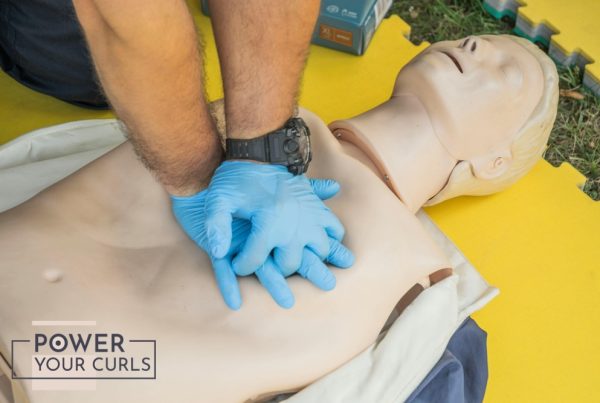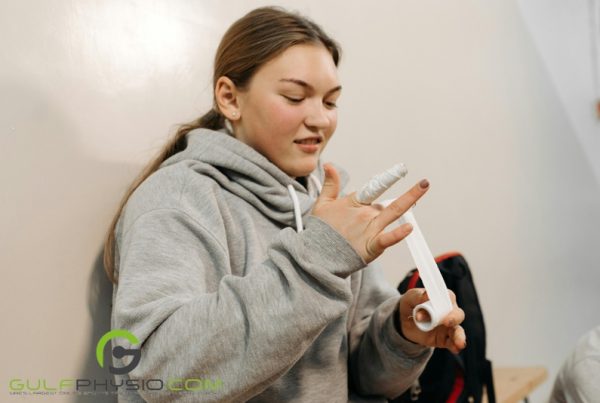
Think about this: you wake up every morning and know exactly where you are. You are aware of your surroundings and where your personal belongings are. You know the parts of your house, where the breaks are on your car, and where your lips are when you sip a drink. This awareness is “proprioception”, and in this article, we’re going to take a look at how it works, what if it doesn’t work, and how athletic taping may help you.
What is “Proprioception”?
According to Principles of Anatomy and Physiology, proprioception is “Sensations (that) allow us to recognize that parts of our body belong to us (self). They also allow us to know where our head and limbs are located and how they are moving even if we are not looking at them, so that we can walk, type, or dress without using our eyes.”
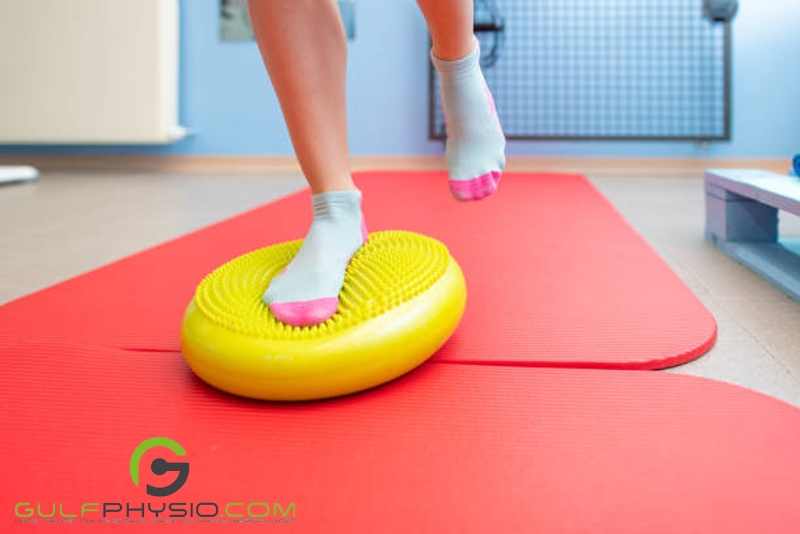
Proprioception is present throughout our body, and as mentioned earlier it is responsible for us being able to locate things not only in our body but also in our surroundings. Without it, we would have difficulty with the most simple things like locating our feet whenever we walk, or figuring out where our fingers are when we pick items up.
What If Proprioception Didn’t Work?
Unfortunately, much like most things in our body, our proprioception is also susceptible to damage and this can greatly affect an individual’s quality of life. Some signs of poor proprioception are:
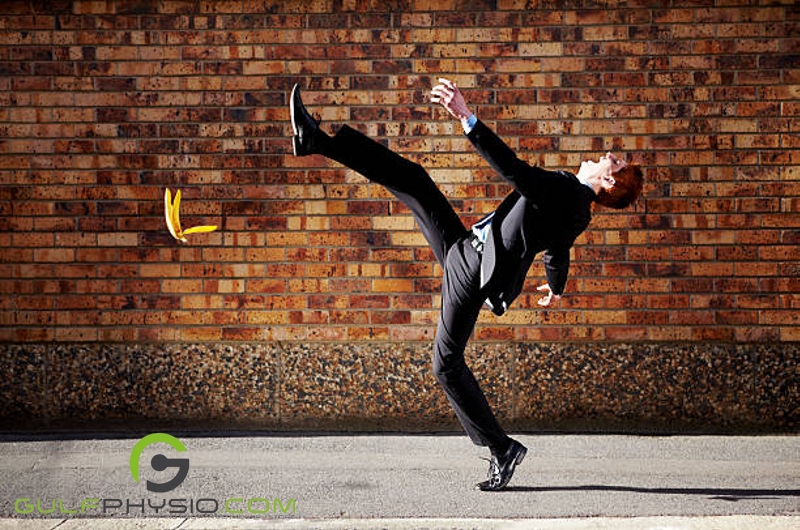
- Trouble with Balance – Proprioception is an important part of us that helps us maintain our balance. It senses our body parts and keeps us from falling over, but if it becomes impaired this could result in situations where an individual is always stumbling over themselves, or falling without a particular reason.
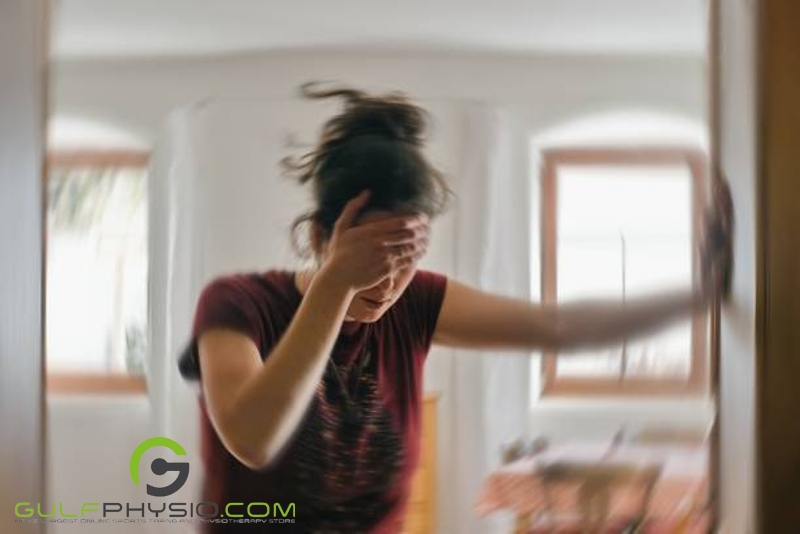
- Dizziness – Closely related to the first item on this list, dizziness is a sign of poor proprioception that may lead to trouble with balance. Diziness may also be a sign of cervical lesions or any cervical disorder according to this study published on the National Library of Medicine.

- Poor Postural Control – Our Central Nervous System (CNS) controls our posture, together with proprioception it helps us maintain a sense of equilibrium that alerts us into maintaining an upright posture. Damage to either one of these systems may cause the other to compensate, and could be a sign of damage.
Athletic Tape for Proprioception
Due to the popularity of athletic taping leaving the world of sport and entering the medical sphere, many more individuals have turned to it as a means of physical therapy, or an accompaniment to rehabilitation. Our Central Nervous System (CNS) controls our posture
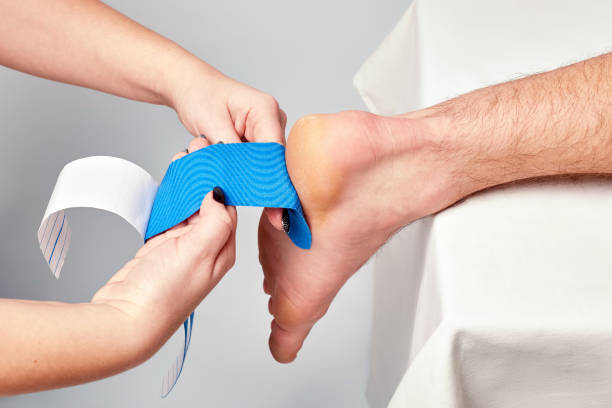
A recent study published on the BMC Sports Science, Medicine and Rehabilitation website had a systematic review on the “Influence of taping on force sense accuracy” and found that taping improved proprioception in individuals who suffered injuries that affected their proprioception. Another study that support this is published on ScienceDirect.com found that individuals suffering from poor proprioception may benefit from ankle taping. So it can’t be denied that athletic taping benefits individuals with poor proprioception.
Conclusion
Athletic taping can be beneficial for individuals with poor proprioception. While there are limited studies on its effectiveness, the existing literature suggests that it can improve proprioception in individuals who have experienced injuries that affected their proprioception.
If you want to know more about sports and taping, read our articles “Taping: A Beginners Guide” and “Taping as Treatment: Joint Stability” or learn more from our blog here.
Disclaimer
GulfPhysio.com and all of its content are for informational purposes only. All information is believed to be accurate at the time of posting and should NOT be construed as professional medical advice. Please seek a medical professional in the event of pain or injury.

